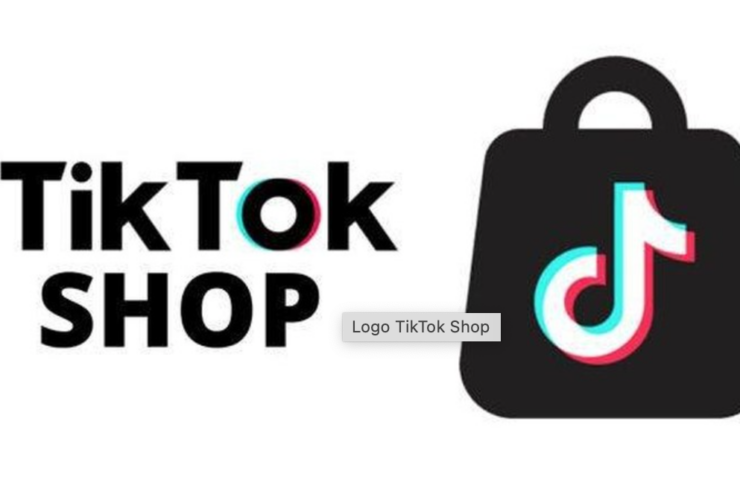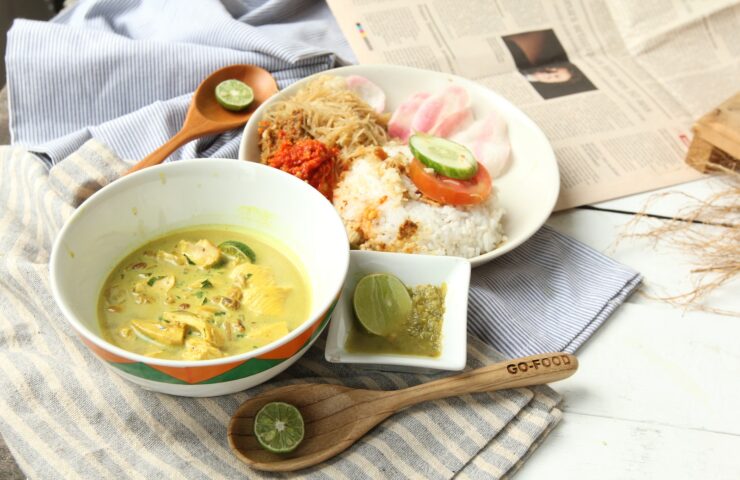The culinary landscape in Indonesia is currently undergoing a remarkable transformation, reflecting the country’s diverse culture, evolving consumer preferences, and growing interest in gastronomy. Over the years, Indonesia has become a hub for culinary exploration, offering a wide array of traditional dishes, innovative creations, and international cuisines.
One notable trend in the Indonesian culinary scene is the resurgence of traditional flavors and ingredients. Chefs and food entrepreneurs are rediscovering age-old recipes and local ingredients, infusing them with modern twists to create a fusion of tradition and innovation. This movement not only celebrates Indonesia’s culinary heritage but also appeals to the growing appreciation for authentic and nostalgic experiences.
Moreover, the rise of digital platforms and social media has significantly influenced the industry. Food bloggers, influencers, and online platforms play a pivotal role in shaping culinary trends and influencing consumer choices. This digital presence has enabled smaller eateries and street food vendors to gain widespread recognition, contributing to the democratization of culinary fame.
The farm-to-table concept and emphasis on sustainable sourcing are gaining traction in the Indonesian culinary world. Consumers are increasingly concerned about the sourcing and environmental impact of their food choices. This has led to a surge in demand for locally sourced, organic, and ethically produced ingredients, prompting restaurants and food establishments to prioritize sustainability in their menus.
The Indonesian government’s efforts to promote culinary tourism have also contributed to the industry’s growth. Initiatives such as food festivals, culinary competitions, and gastronomic tours have attracted both local and international attention, showcasing the country’s rich culinary diversity.
Despite these positive developments, challenges such as food safety standards, infrastructure, and skills shortage persist. However, the industry’s dynamism and resilience drive continuous improvement and adaptation.
In conclusion, the culinary landscape in Indonesia is evolving into a vibrant and diverse arena, characterized by a blend of tradition, innovation, and sustainability. As local and international flavors intertwine, and with the influence of digital media, the Indonesian culinary scene is poised to captivate both local food enthusiasts and global epicureans.
Popular Indonesian Dishes: A Culinary Delight
Indonesia boasts a rich culinary tapestry that has captivated the palates of locals and travelers alike. Amid this diverse gastronomic landscape, several dishes have emerged as perennial favorites, attracting a steady following and earning a place in the hearts of many.
One of the most beloved Indonesian dishes is “nasi goreng,” a fragrant fried rice dish infused with a medley of flavors from aromatic spices, vegetables, and often accompanied by a choice of protein such as chicken, shrimp, or beef. This dish reflects Indonesia’s skillful use of spices and its ability to create a harmonious blend of tastes.
Another iconic dish is “rendang,” a slow-cooked beef dish that hails from the Minangkabau ethnic group in West Sumatra. Renowned for its tender meat and bold flavors, rendang is cooked with an array of spices and coconut milk until it achieves an irresistibly rich and savory taste.
Indonesia’s diverse archipelago has given rise to regional specialties such as “sate” (satay), a skewered and grilled meat dish usually served with a peanut sauce. Each region adds its own twist to sate, resulting in an assortment of flavors and textures that capture the essence of local culinary traditions.
“Martabak,” a sweet or savory stuffed pancake, is another crowd-pleaser. In its sweet rendition, it’s filled with a generous amount of chocolate, cheese, and condensed milk, while the savory version is packed with minced meat, eggs, and vegetables. Its indulgent nature has made martabak a sought-after street food and dessert option.
“Soto,” a traditional Indonesian soup, has also earned a special place in Indonesian hearts. This dish varies greatly across regions, with different provinces offering their interpretations. Soto is characterized by its flavorful broth, often made from herbs, spices, and coconut milk, accompanied by rice, meat, and an array of toppings.
Last but not least, “gado-gado” exemplifies Indonesia’s vibrant vegetarian offerings. This salad consists of blanched vegetables, tofu, and tempeh, smothered in a rich peanut sauce. Its combination of textures and flavors provides a satisfying and healthy option for those seeking a taste of Indonesian cuisine.
In a country with such diverse culinary heritage, the popularity of these dishes speaks to the nation’s deep appreciation for flavorful and wholesome fare. From the savory and hearty to the sweet and indulgent, these iconic Indonesian dishes continue to delight taste buds and showcase the artistry of the country’s culinary traditions.




